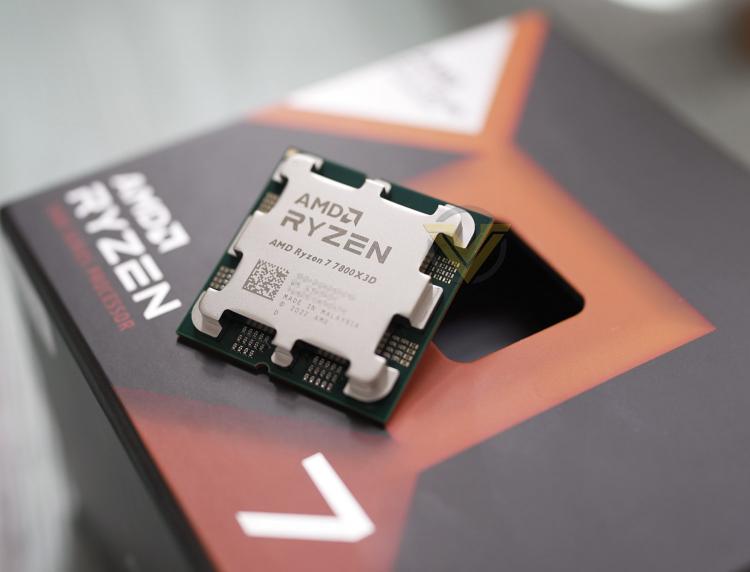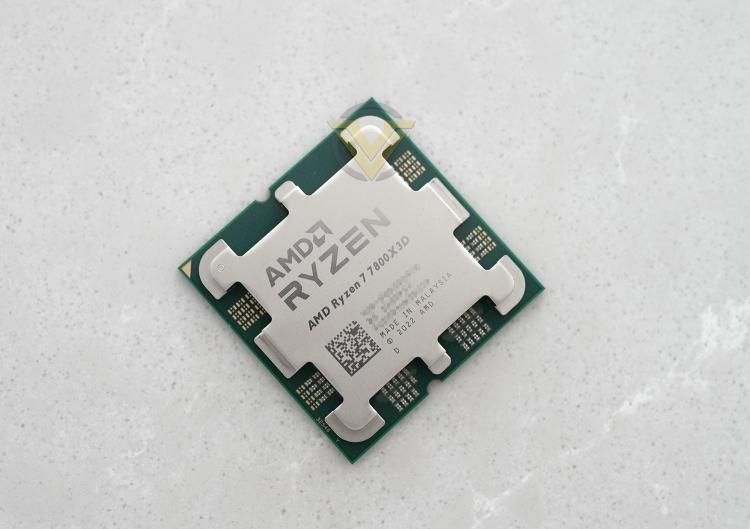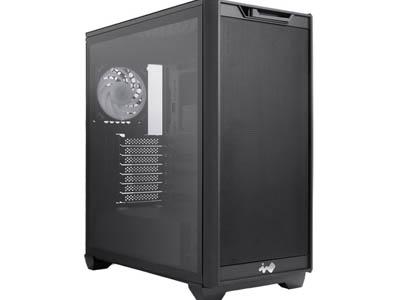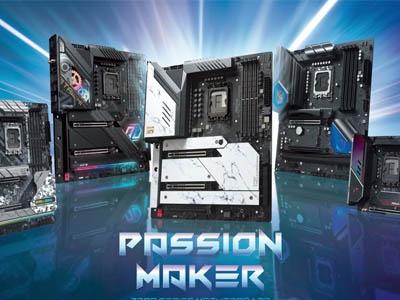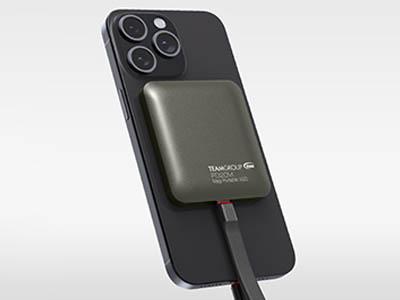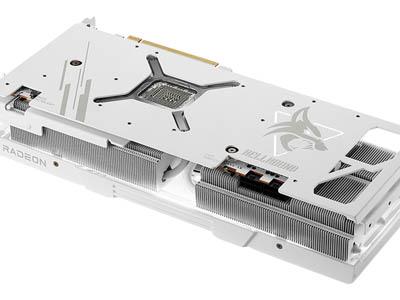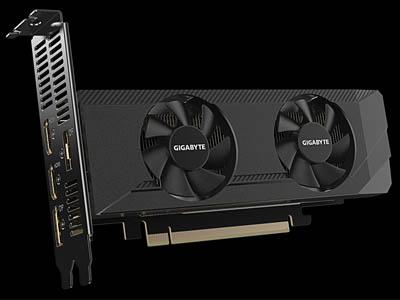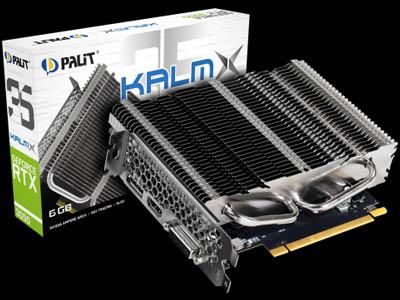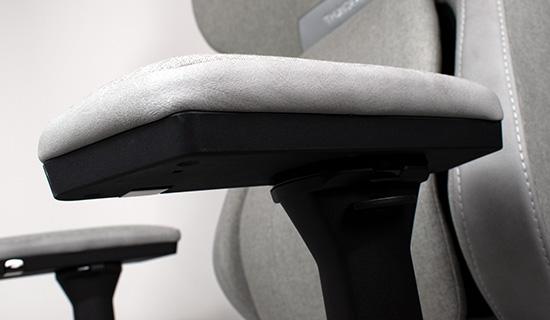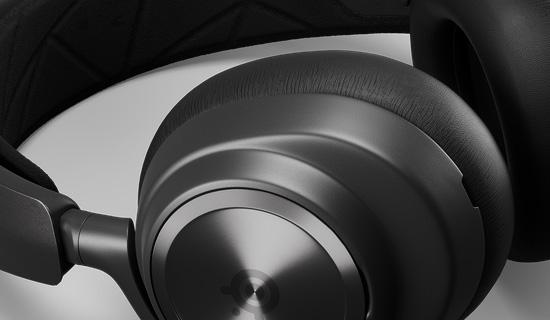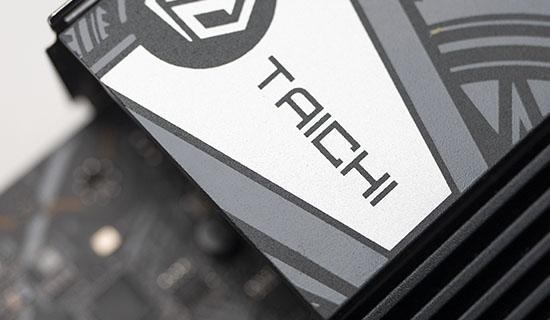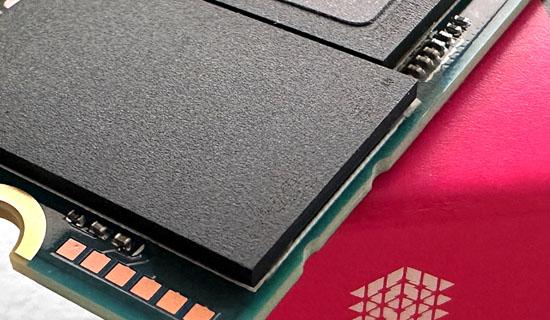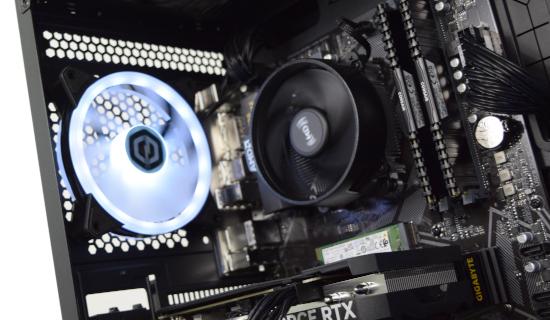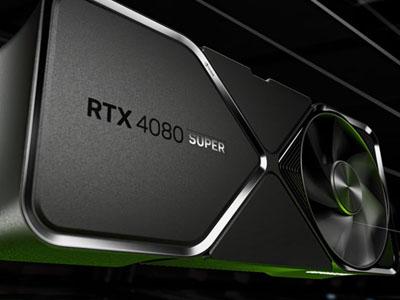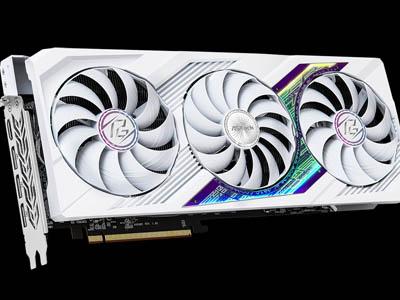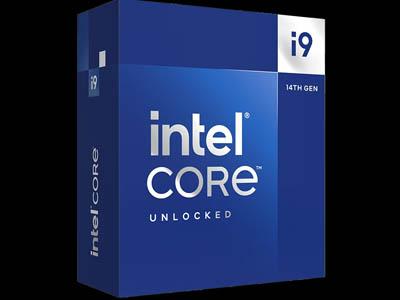
Product on Review: Ryzen 7 7800X3D
Manufacturer: AMD
MSRP: US: $449 (excl Tax)
Almost a year ago AMD shook up the gaming CPU landscape like never before by integrating a brand new technology into one very special Ryzen 5000-series processor. The 5800X3D launched was the first processor to incorporate AMD’s 3D V-CACHE technology that incorporates a high capacity stack of cache memory on top of the CPU die, and it was an immediate game changer.
Ryzen was catapulted from productivity powerhouse to performance kings on the back of these fat stacks of cache. While the benefits weren’t universal, this large intermediate cache - backstopping the already sizeable L3 cache on single-CCD Ryzen CPUs - greatly improved gaming and pushed them ahead of their bitter rivals at Intel.
It stayed at the top of the pile for months, acting as the true last hurrah for Socket AM4 and a platform that had changed AMD’s fortunes since the dark days of Bulldozer.
Then along came the next generation of CPUs complete with new sockets, architectures, TDP thresholds and cutting edge technologies. Yet still the 5800X3D held its own despite fewer cores, lower power demands, and little if any overclocking headroom. Larger cache is often viewed as a blunt (and expensive) instrument for improving processor performance, but it’s clearly mightily effective.
When AMD launched the Ryzen 7000-series at the tail end of last year they immediately made it clear that 3D V-CACHE would be coming to the processor family, but wouldn’t be there on day one. Last month they finally unveiled the Ryzen 9 7950X3D to a distinctly mixed reception, due in part to both the price and thread scheduling issues that made 3D V-CACHE difficult to leverage to its full potential. Today’s review CPU, the Ryzen 7 7800X3D, aims to sidestep the latter pitfall altogether.
AMD’s 7800X3D is an 8-Core Zen 4-based processor compatible with the AM5 socket and AMD 600-series motherboards. At 4.2GHz and 5GHz respectively its base and boost frequencies may be relatively modest compared to the standard Ryzen 7 7700X (itself an 8c/16t processor) but the new chip boasts 64MB of additional L3 cache to put the total to 96MB. Otherwise it is almost identical to its older counterpart, and likely will remain the entry-point into the X3D range.
Higher expectations are reflected in the pricing of this processor. It’s pegged at an MSRP of US$449, $50 more than the 7700X and a full $130 higher than Intel’s gaming ‘bang for your buck’ candidate the Core i5-13600K.
Overall system costs do however benefit from a more mature motherboard ecosystem than the 7000-series launch range, with relatively affordable B650-series chipsets hovering at around US$200-250 with good features and build quality. DDR5 memory has also come down tremendously in price as 32GB DDR5 kits can be purchased below $120 (and 16GB kits well below $100). It won’t necessarily be the basis of a true budget system, but affordability is no longer a joke concept.
Competition is stiff from both old and new processors alike, and even the now-veteran 5800X3D is still waiting in the wings for a slip-up from the new hope. How it will do remains to be seen.

